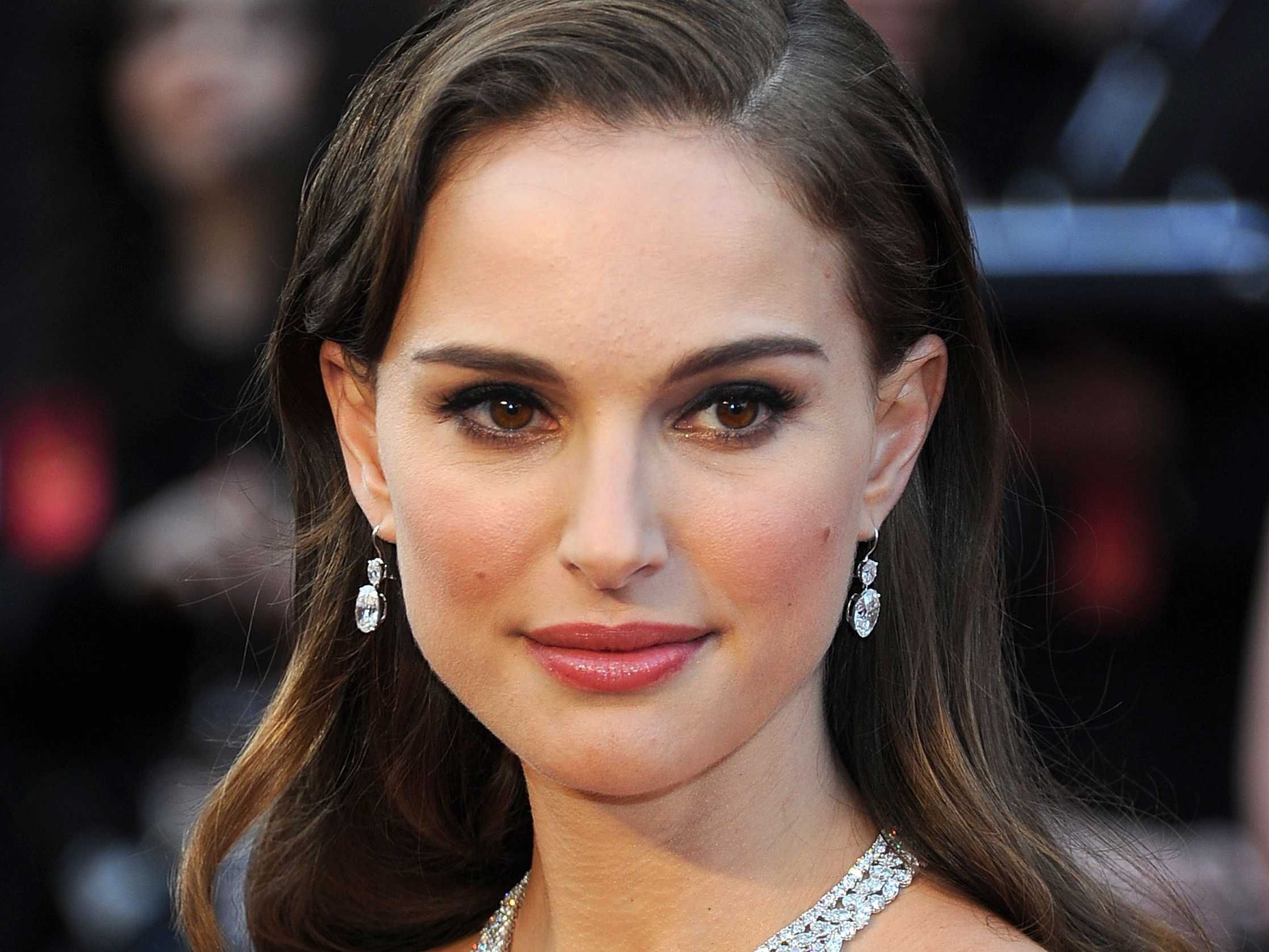
The Golden Age of Hollywood, a period stretching from the late 1920s to the early 1960s, remains an era unparalleled in cinematic history, a veritable constellation of talent that forever altered the landscape of entertainment. It was a time when the silver screen pulsed with an almost mythical glamour, giving birth to a pantheon of actors whose charisma and craft transcended mere performance to become cultural touchstones. These artists, meticulously cultivated by a powerful studio system, were not just stars; they were the very architects of modern stardom, shaping perceptions of heroism, romance, and rebellion for generations to come.
The profound allure of Classic Hollywood actors, as explored in this feature, stems from this magical blend of individual brilliance and a meticulously engineered industry. This transformative era, marked by the advent of sound and the flourishing “star system,” witnessed the birth of legends whose influence continues to reverberate, inspiring performers and filmmakers even today. Their films, often crafted with lavish sets, sophisticated dialogue, and intricate storytelling, became enduring masterpieces, a testament to the universal appeal and timeless quality of their work.
Within this glittering firmament, a select few shone with an incandescent glow, their names synonymous with the very essence of cinema’s Golden Age. They were figures who didn’t just play characters; they embodied archetypes, lending their distinct voices, mannerisms, and profound emotional depth to roles that have woven themselves into the fabric of global culture. We delve now into the lives and indelible legacies of fourteen such unbeatable actors, beginning with seven whose foundational contributions and unforgettable personas laid much of the groundwork for Hollywood’s golden era.
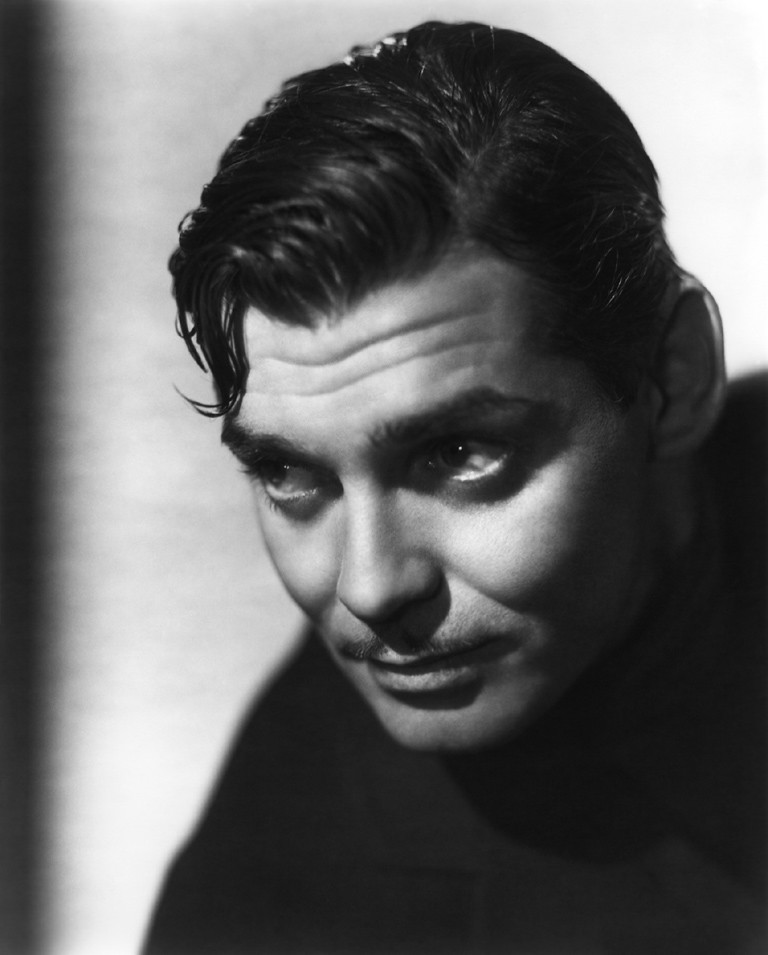
1. **Clark Gable – The King of Hollywood**Clark Gable, universally crowned “The King of Hollywood,” commanded the screen with an irresistible blend of roguish charm and an almost palpable confidence that captivated audiences worldwide. His radiant smile and compelling screen presence were the hallmarks of a man who effortlessly embodied the leading man archetype. From his humble beginnings as a stage actor, Gable ascended to cinematic royalty in the 1930s, cementing his status as one of the era’s most bankable and revered talents.
His portrayal of Rhett Butler in the epic “Gone with the Wind” remains, perhaps, his most iconic and defining role, a masterclass in sophisticated swagger and defiant charisma. This performance showcased his unique ability to imbue even morally ambiguous characters with a compelling, undeniable magnetism. It was a role that perfectly distilled the essence of his screen persona: a dashing rebel with a complex, yet ultimately endearing, heart.
Before his legendary turn as Butler, Gable had already earned critical acclaim and an Academy Award for his performance in “It Happened One Night,” demonstrating his remarkable versatility across genres. This early success propelled him to the pinnacle of Hollywood, where he consistently ranked among the highest-paid actors, a testament to his immense popularity and the studio’s shrewd investment in his star power. His ability to connect with audiences was so profound that even a seemingly minor physical trait—his slightly protruding ears—was transformed into an endearing quality, making him appear more approachable and genuine to a public that adored his down-to-earth appeal. Gable wasn’t just an actor; he was an institution, embodying a rugged, authentic masculinity that defined an entire generation’s ideal leading man.
Read more about: Unlocking the Magic of Old Hollywood: 10 Essential Classic Films Every Beginner Cinephile Needs to See
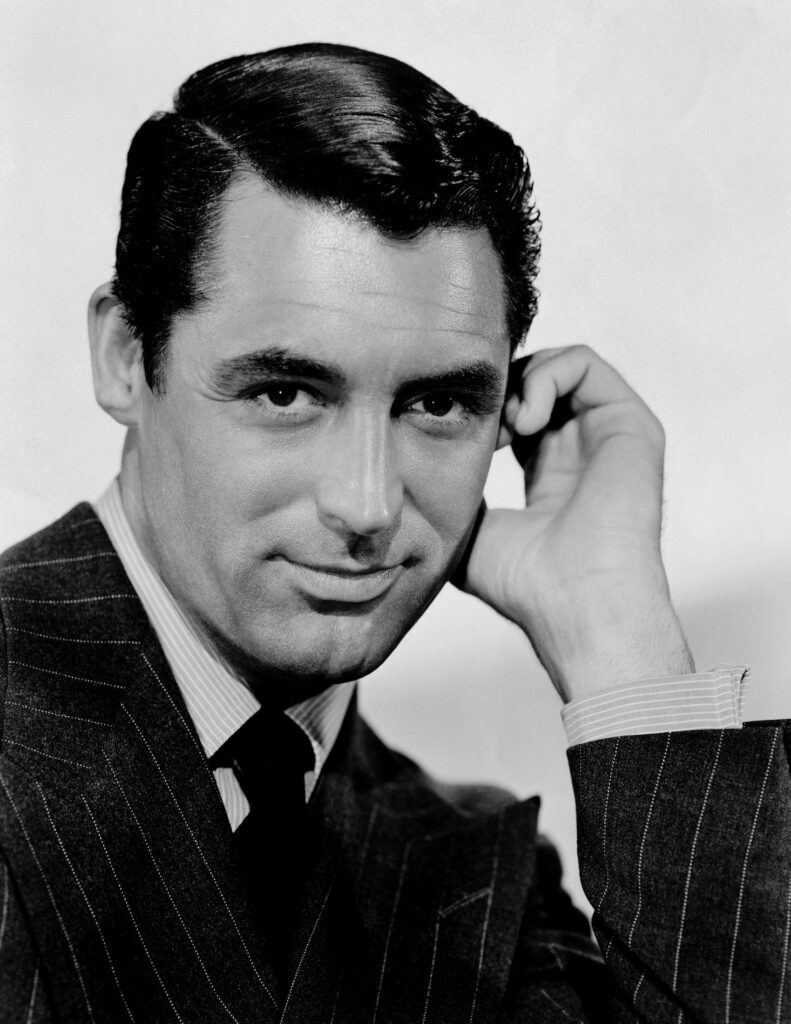
2. **Cary Grant – The Epitome of Sophistication**Cary Grant, a name synonymous with effortless sophistication and unparalleled charm, perfected the art of cinematic elegance with a grace that made every performance seem utterly natural. His distinctive British accent, coupled with an impeccably tailored style, projected an image of refined class that distinguished him from his contemporaries. Though born in England, Grant seamlessly transitioned to become one of America’s most adored leading men, captivating audiences with his innate talent and a charisma that was both suave and genuinely relatable.
Grant’s extraordinary versatility allowed him to navigate the diverse terrains of both romantic comedies and thrilling suspense films with equal aplomb. Esteemed directors, particularly Alfred Hitchcock, frequently sought his talents, recognizing his unique ability to infuse any character, no matter how precarious the situation, with an exquisite blend of wit and composure. His roles in classics like “North by Northwest” and “Bringing Up Baby” stand as enduring testaments to his mastery, showcasing his seamless transitions between dramatic tension and lighthearted humor.
What truly set Grant apart was his rare gift for comedic timing, an innate ability to deliver humor with such understated ease that it never felt forced or exaggerated. He embodied a relaxed confidence that radiated from the screen, making his characters both aspirational and deeply human. Despite never receiving a competitive Academy Award for his remarkable body of work, the Academy fittingly honored his lifetime achievements with a special award, acknowledging the immeasurable impact of his three-decade-spanning career. Off-camera, Grant maintained a beguiling enigma, a quality that only deepened the fascination the public held for this singular icon of grace and comedic brilliance.
Read more about: Beyond the Buzz: 14 Once-Massive ’60s and ’70s Celebrities Younger Generations Are Missing Out On
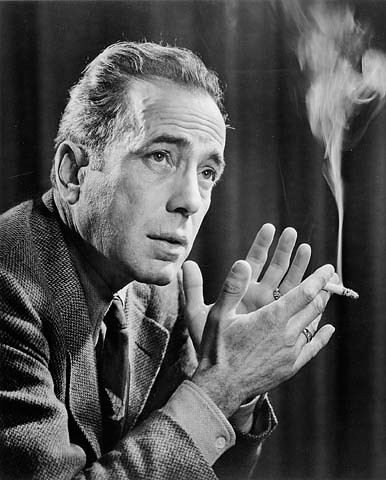
3. **Humphrey Bogart – The Tough Guy with Heart**Humphrey Bogart, the quintessential tough guy with a surprising depth of heart, crafted a screen persona that remains one of Hollywood’s most enduring archetypes. His distinctive gravelly voice and perpetually serious expressions made him perfectly suited for the gritty world of detective and gangster movies, imbuing his characters with a world-weary cynicism. Yet, underneath that hardened exterior, Bogart consistently revealed a fundamental goodness and vulnerability, making his portrayals infinitely more complex and compelling.
It was in “Casablanca,” however, that Bogart truly cemented his legendary status, delivering a performance as Rick Blaine that has become synonymous with cinematic romance and heroic resignation. His unforgettable chemistry with Ingrid Bergman, set against the backdrop of wartime intrigue, created movie magic that still resonates today, giving us lines that are quoted and cherished across generations. This role brilliantly showcased his capacity to portray a romantic lead, expanding beyond the “tough guy” typecasting that had defined his earlier career.
Bogart’s journey to stardom was far from immediate; he toiled for years in smaller roles, facing considerable struggle before his breakthrough in his forties. His pivotal role as Duke Mantee in “The Petrified Forest” on Broadway, which he famously reprised for the screen at the insistence of co-star Leslie Howard, proved to be the turning point. This slow-burn ascent underscores a powerful lesson in patience and perseverance, demonstrating that true talent, even when late to bloom, ultimately finds its indelible mark.
Beyond “Casablanca,” Bogart became an indelible trademark of Film Noir, captivating audiences in seminal works such as “The Maltese Falcon” and “The Big Sleep,” films that further solidified his iconic status. His rugged charm and defiant nonconformist persona extended beyond the screen, notably in his headline-making romance and marriage to Lauren Bacall, adding to the mystique of this enigmatic star. He would later win his only Academy Award for “The African Queen,” a testament to his versatility and the profound impact he carved into cinematic history.
Read more about: Cringefest Alert! The Movie and TV Couples Who Had Absolutely ZERO Chemistry, According to Fans

4. **Jimmy Stewart – America’s Everyman**James “Jimmy” Stewart embodied the quintessential “America’s Everyman,” a beloved figure whose on-screen persona radiated sincerity and an approachable charm that instantly endeared him to millions. His distinctive, slightly stuttering speech and endearing awkwardness made him seem like the relatable neighbor who just happened to be a colossal movie star. This genuine quality cultivated a profound sense of trust in audiences, making his performances feel remarkably authentic and deeply human, drawing viewers into the emotional core of his characters.
Stewart’s illustrious career saw him collaborate with some of cinema’s most revered directors, including the masterful storytellers Frank Capra and the suspense maestro Alfred Hitchcock. These partnerships yielded an extraordinary body of work that spans genres and generations. His iconic portrayal of George Bailey in Capra’s timeless “It’s a Wonderful Life” has transcended mere film to become an annual Christmas tradition, touching hearts with its message of hope, resilience, and the profound impact of an ordinary life.
Beyond the glamour of Hollywood, Stewart demonstrated an unwavering commitment to his country, notably serving with distinction as a bomber pilot during World War II. This remarkable act of courage in real life mirrored the upright integrity he consistently portrayed on screen, further solidifying his reputation as an authentic American hero. Returning from service, Stewart seamlessly integrated his wartime experience with his cinematic career, becoming both a national hero and an even more cherished actor, his integrity making him one of the most trusted and admired figures in film history. His ability to convey both vulnerability and immense inner strength made him a unique and enduring talent, reflecting the very best of the American spirit.

5. **Gary Cooper – The Strong Silent Type**Gary Cooper epitomized the “strong silent type,” a quintessential American hero whose towering presence and expressive eyes conveyed more profound emotion than pages of dialogue ever could. He possessed a unique gift for understated power, effortlessly embodying cowboys, soldiers, and other heroic figures whose actions spoke far louder than words. Cooper’s authentic and simple acting technique made it seem as though he wasn’t performing, but rather inhabiting his characters, inviting audiences to see a piece of the genuine “Coop” in every role.
His illustrious career, stretching from the Silent Era until his passing in 1961, saw him star in over a hundred films, leaving an indelible mark across various genres. Cooper garnered two Academy Awards for Best Actor, a testament to his exceptional talent, with one of these prestigious honors awarded for his iconic performance in the Western classic “High Noon.” His stoic portrayal of Sheriff Will Kane remains a masterclass in quiet determination, influencing countless actors who followed in his footsteps.
Physically, Cooper’s lanky, over six-foot frame seemed perfectly suited to the rugged landscapes of the American West, further enhancing his credibility as a frontier hero. This natural congruence between actor and archetype, combined with his honest approach to character, made even the most dramatic scenes feel utterly believable and deeply moving. Whether he was portraying a conflicted sheriff, a comedic lead in Frank Capra’s “Mr. Deeds Goes to Town,” or a valiant soldier in “Sergeant York,” Cooper infused each part with an authentic feel, establishing himself as an enduring icon and an American ideal that resonates to this day.
Read more about: Rowan Atkinson’s Ultimate Garage: Unpacking Mr. Bean’s Extraordinary Car Collection from BMW 328 to McLaren F1

6. **Katharine Hepburn – The Independent Spirit**Katharine Hepburn, an incandescent force of nature, blazed a trail through Hollywood as the ultimate independent spirit, unapologetically defying the restrictive norms placed upon women both on and off screen. She famously eschewed the conventional dresses of her peers, preferring trousers, and fearlessly spoke her mind, cultivating an image of intellect and autonomy. Hepburn deliberately selected roles that championed strong, capable, and fiercely independent women, roles that resonated with a burgeoning desire for female empowerment.
Her remarkable talent was undeniably recognized by the Academy, as Hepburn holds the unparalleled record of four Academy Awards for Best Actress, a feat that remains unsurpassed to this day. This extraordinary achievement underscores a career spanning six decades, a testament to her enduring power and profound impact on the cinematic landscape. Her performances in films like “The Philadelphia Story” and “Guess Who’s Coming to Dinner” not only showcased her incredible range but also her innate ability to bring depth and nuance to complex female characters.
Hepburn’s distinctive New England accent and rapier wit became signature elements of her on-screen persona, rendering her characters unforgettable. She masterfully demonstrated that audiences craved to see intelligent, self-possessed women who could stand shoulder-to-shoulder with, and often outshine, any leading man. Her legendary partnership with Spencer Tracy, both professionally and personally, became the stuff of Hollywood legend, producing a series of sparkling romantic comedies that crackled with undeniable chemistry and intellectual sparring, further solidifying her legacy as a truly transformative figure.
Read more about: Robert Mitchum: The Unflinching Gaze of a Noir Icon’s Life and Legacy

7. **Bette Davis – The Queen of Drama**Bette Davis, unequivocally the “Queen of Drama,” commanded the screen with a formidable intensity, her piercing eyes signaling the imminent unfolding of profound theatricality. She carved out a unique niche specializing in portraying complex, often difficult women who possessed an unyielding spirit and an unwavering resolve to fight for their desires. Davis imbued these characters with an electrifying blend of vulnerability and steely determination, making them both formidable and tragically human.
Beyond her iconic performances, Davis was a relentless champion for actresses, famously battling the powerful studio system to secure better roles and improve the treatment of female performers in Hollywood. Her fierce determination and unwavering resolve were instrumental in paving the way for future generations of women in film, transforming the industry’s landscape with her audacious spirit. This fierce independence became as much a part of her legend as her unforgettable on-screen presence.
Davis was renowned for her meticulous preparation and an almost obsessive attention to detail, a dedication that allowed her to inject extraordinary depth into every character she inhabited. Her remarkable talent was consistently recognized, earning her two Academy Awards and an astonishing eight additional nominations throughout her long and illustrious career. These accolades are a powerful testament to her incredible range and the sheer power she brought to films like “All About Eve” and “Jezebel,” where her bold, brilliant, and biting portrayals cemented her legacy as one of the most significant and influential actresses of Hollywood’s Golden Age.
Having explored the foundational pillars of Hollywood’s Golden Age, we now delve deeper into the pantheon of stars whose brilliance continued to define this extraordinary era. These seven actors, each with their unique artistry and profound impact, further cemented the industry’s unparalleled legacy, enchanting audiences with their distinctive talents and leaving an indelible mark on cinematic history and global culture. Their stories are a testament to the enduring magic of the silver screen, showcasing how individual genius, nurtured by a powerful studio system, could create legends whose glow continues to captivate across generations.
Read more about: From Disney Darling to Dark Siren: The Unprecedented Evolution of Jenna Ortega, Gen Z’s Reigning Scream Queen

8. **Ingrid Bergman – The Natural Beauty**Ingrid Bergman, a luminary whose natural beauty and honest acting style set her apart, brought an air of European sophistication to Hollywood that audiences found both refreshing and exotic. In an era where many actresses adopted a more artificial façade, Bergman’s genuine warmth and authenticity shone through, making her a truly unique presence on screen. She possessed an innate ability to connect with viewers, making her characters feel remarkably real and deeply resonant.
Her legendary role opposite Humphrey Bogart in “Casablanca” remains one of cinema’s greatest love stories, a masterful portrayal of romance and wartime intrigue that continues to captivate. In this and other iconic performances, Bergman exhibited a rare capacity to convey both profound vulnerability and immense inner strength simultaneously, imbuing her characters with a complex humanity that was utterly compelling. It was this nuanced emotional depth that transformed her roles into enduring works of art.
Born in Sweden, Bergman’s international appeal was undeniable; she not only spoke several languages but also collaborated with acclaimed directors across the globe, effortlessly transcending cultural and linguistic barriers. This global reach underscored the universal power of her talent, a testament to her ability to communicate emotion regardless of setting. Despite personal scandals that threatened her stardom at one point, her extraordinary talent consistently prevailed, earning her three Academy Awards for her work in films like “Gaslight” and “Notorious,” solidifying her place as a cinematic titan.
Indeed, Bergman’s quiet intensity and the depth she brought to her roles contributed significantly to her unique gravitas. She could convey a world of unspoken emotion with a single glance, an understated elegance that defied any hint of artificiality. Her legacy is one of a truly global star, whose unwavering commitment to authentic portrayal and her exquisite grace continue to inspire artists worldwide.
Read more about: Step Back in Time: Discover the 11 Most Glamorous Old Hollywood Actresses Who Defined an Era of Iconic Style!

9. **Marilyn Monroe – The Complex Icon of Sensuality and Vulnerability**Marilyn Monroe, often framed as the quintessential “blonde bombshell,” was profoundly more than a mere sex symbol; she remains one of the most enduring and complex faces of 20th-century cinema. Her magnetic appeal, intertwined with a poignant and often tragic life story, continues to captivate audiences, making her an object of endless fascination decades after her passing. Monroe transcended the confines of her on-screen persona to become an almost mythological figure, embodying a potent blend of allure and innocence.
Her performances in comedic masterpieces such as “Some Like It Hot” and “The Seven Year Itch” showcased an undeniable comedic brilliance, proving she was a formidable talent beyond her striking looks. Monroe possessed a unique gift for combining an almost childlike innocence with overt sensuality, a duality that made her characters both appealing and surprisingly relatable. This blend allowed her to make even the most elaborate musical numbers feel deeply personal and genuinely emotional to viewers, effortlessly drawing them into her world.
The personal struggles that plagued her off-screen life only deepened the public’s fascination, transforming her into a symbol of both the dazzling heights and the perilous pitfalls of stardom. This vulnerability, so openly conveyed, fostered a profound connection with her audience, solidifying her status as a timeless icon whose image and spirit continue to resonate. Her ability to make audiences laugh and cry, sometimes within the very same scene, showcased a remarkable emotional range that defied simple categorization.
Monroe’s influence extended far beyond her filmography; her persona itself became a cultural touchstone, a powerful emblem of an era. She effortlessly projected a blend of vulnerability and comic genius, creating a screen presence that was both aspirational and deeply human. Her unique blend of qualities ensures that her allure remains undiminished by time, cementing her position as one of Hollywood’s most unforgettable and complex stars.
Read more about: From Unexpected Grins to Legendary Poses: 11 Iconic Photos That Defined Pop Culture Moments Forever
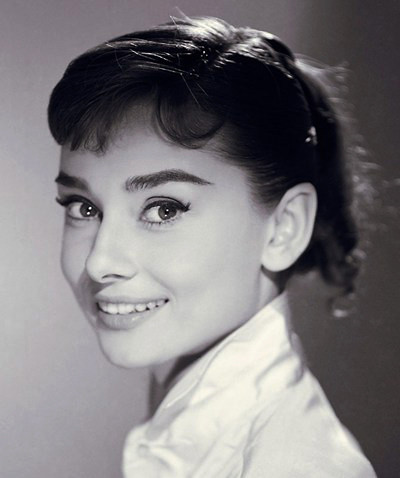
10. **Audrey Hepburn – The Embodiment of Grace and Humanitarianism**Audrey Hepburn, a name synonymous with grace, elegance, and innate talent, was far more than just a fashion icon; she was a force whose serene presence and humanitarian spirit left an indelible mark on the world. Her elfin beauty, complemented by an elegant poise, swiftly established her as a global symbol of sophistication, captivating audiences with a charm that was both ethereal and deeply resonant. Every appearance, whether on screen or off, exuded an almost otherworldly refinement.
Her breakout role in “Roman Holiday” not only won her an Academy Award but also signaled the arrival of a star who would redefine cinematic charm. She continued to enchant in unforgettable turns like “Breakfast at Tiffany’s” and “My Fair Lady,” roles that cemented her as a generational symbol and showcased her remarkable versatility across various genres. Hepburn’s ability to imbue her characters with depth and warmth made them instantly beloved, creating a legacy of films that are cherished for their enduring appeal.
Beyond her illustrious acting career, Hepburn dedicated much of her post-Hollywood life to fervent humanitarian work with UNICEF, becoming a passionate advocate for children in need. This profound commitment to global welfare added an extraordinary dimension to her lasting legacy, demonstrating a generosity of spirit that extended far beyond the silver screen. Her tireless efforts garnered as much admiration as her film performances, underscoring her role as a truly inspirational figure.
Her elegant style, poised allure, and sophisticated charm continue to inspire fashion and culture, with her timeless beauty often referenced in contemporary contexts. Modern actresses, such as Natalie Portman, have even been compared to Hepburn, a testament to her enduring influence and the enduring power of her image. She proved that true stardom could be deeply intertwined with grace, intellect, and an unwavering commitment to making the world a better place.
Read more about: From Hollywood Spotlight to New Horizons: Actresses Who Boldly Redefined Fame at Their Peak

11. **Marlon Brando – The Revolutionary Method Actor**Marlon Brando, a cinematic titan, redefined acting with his raw emotional delivery and brooding, intense presence, effectively marking the beginning of modern method acting in Hollywood. His revolutionary approach shattered conventional performance styles, imbuing his characters with a visceral authenticity and a simmering intensity that had rarely been seen before. Brando’s impact was immediate and profound, forever altering the landscape of screen performance.
His rise to fame began with his iconic reprisal of Stanley Kowalski in the screen adaptation of Tennessee Williams’ “A Streetcar Named Desire,” a performance that earned him an Academy Award nomination and solidified his status as a formidable talent. This was quickly followed by other emblematic parts in seminal films such as “The Wild One” and “On the Waterfront,” which not only showcased his rebellious persona but also earned him his first Academy Award. Brando, a dedicated exponent of method acting learned at the illustrious Actors Studio, brought an unprecedented psychological depth to every role.
Throughout his career, Brando was unapologetically uninterested in playing it safe, consistently pushing boundaries and taking on challenging roles. His distinct mumbling-like speech delivery, considered truly original in the 1950s, became a trademark of his intense, realistic style. As a more mature actor in the 1970s, he continued to challenge audiences with controversial films like “Last Tango in Paris” and “Apocalypse Now,” before delivering a breathtaking, Oscar-winning portrayal of Vito Corleone in Francis Ford Coppola’s “The Godfather,” which further cemented his legendary status.
Brando’s legacy is immense, inspiring countless performers and filmmakers with his groundbreaking craft and fearless artistic choices. He is widely credited for inducing a more realistic acting style in the movies, proving that true talent, even when late to bloom, ultimately finds its indelible mark. His two Academy Awards are merely a tangible reflection of the immeasurable impact he carved into cinematic history, securing his place as one of the most recognizable and influential actors of all time.
Read more about: Get Ready to Feel It All: 14 Stars Who Delivered the Most Powerful Emotional Performances in Film and TV
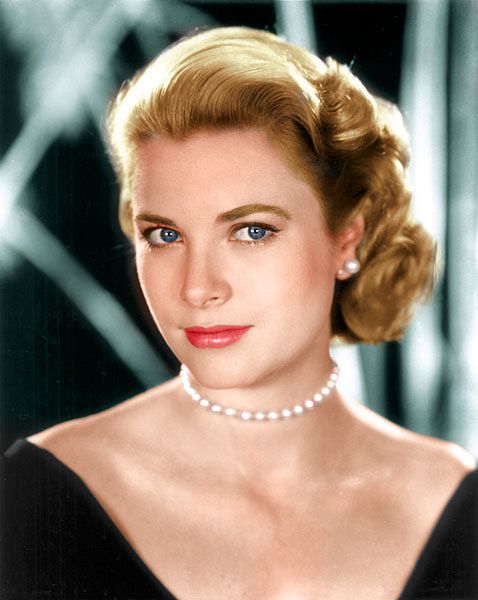
12. **Grace Kelly – The Poised Allure of a Princess**Grace Kelly embodied an elegant beauty and a cool, sophisticated style that made her the quintessential choice for Alfred Hitchcock’s suspense films. Her remarkable ability to appear perfectly composed, even when her characters faced terrible danger, generated an exquisite dramatic tension that captivated audiences. Kelly’s serene demeanor belied a depth of emotion, creating a powerful contrast that was a hallmark of her performances.
She delivered memorable portrayals in Hitchcock masterpieces such as “Rear Window” and “To Catch a Thief,” demonstrating her unique gift for suggesting deep, complex emotions while maintaining an impeccable surface composure. This subtle artistry created characters who seemed to harbor fascinating secrets, inviting viewers to ponder the hidden depths beneath their polished exteriors. Her acting style was both restrained and profoundly expressive, contributing significantly to the psychological richness of her roles.
Kelly’s acting career, though brief, was undeniably brilliant, spanning only eleven films before she made the extraordinary decision to retire from Hollywood. Her fairy-tale marriage to Prince Rainier III, which saw her become the Princess of Monaco, captured the imagination of the entire world, transforming her into a real-life royal. This dramatic shift from silver screen star to European royalty ensured her legacy would be one of enduring glamour and intrigue.
The indelible mark she left on cinema, combined with her iconic status as a princess, ensures that her story continues to fascinate. Kelly’s quiet strength, regal bearing, and her ability to craft complex characters with such poised allure, firmly establish her as an enduring figure in both Hollywood lore and royal history, a true symbol of sophistication and hidden depths.
Read more about: Step Back in Time: Discover the 11 Most Glamorous Old Hollywood Actresses Who Defined an Era of Iconic Style!
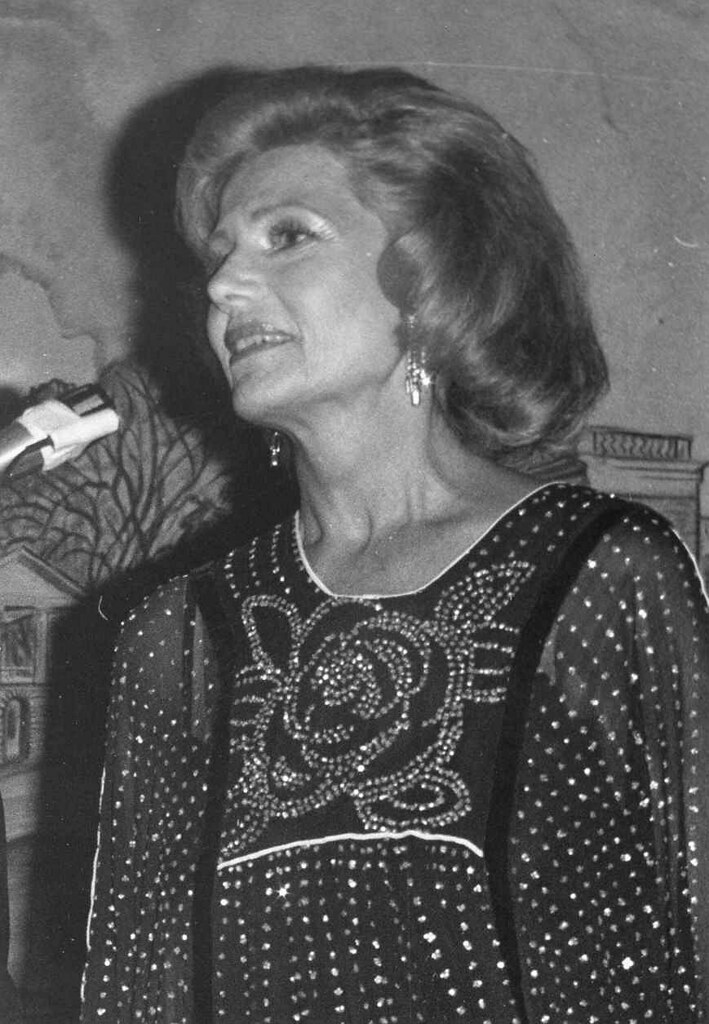
13. **Rita Hayworth – The Dazzling Love Goddess**Rita Hayworth, famously dubbed “The Love Goddess,” dazzled audiences with her stunning beauty and incredible dancing ability, making her one of Hollywood’s biggest stars during the 1940s. Her vibrant red hair and glamorous image graced countless magazine covers and movie posters worldwide, establishing her as a radiant icon whose allure was undeniable. Hayworth projected an intoxicating blend of sophistication and approachable warmth, captivating a global audience.
Her performance in the film “Gilda” created one of cinema’s most memorable femme fatales, a role that perfectly showcased her captivating screen presence. Hayworth’s unique combination of innocence and sensuality made her characters both appealing and provocatively dangerous, a magnetic duality that audiences found utterly irresistible. The iconic glove-strip tease sequence in “Gilda” remains a definitive moment in cinematic history, epitomizing her powerful on-screen magnetism.
Born Margarita Cansino, Hayworth underwent a meticulous transformation to cultivate her Hollywood star image, a testament to her dedication and ambition. Her tireless commitment to mastering both dancing and acting, combined with her innate charisma, solidified her as a true icon of Golden Age glamour. She was not merely a beautiful face; she possessed serious acting chops and a vulnerability that shone through her captivating performances, adding depth to her dazzling exterior.
Despite her immense success and glamorous persona, Hayworth’s off-screen life was often marked by profound heartbreak and personal struggles, adding a layer of poignant complexity to her public image. Nonetheless, her legacy as a dazzling performer and an enduring symbol of wartime glamour remains undiminished, a testament to her undeniable talent and enduring appeal as one of Hollywood’s most beloved stars.

14. **Fred Astaire – The Unmatched Artistry of Dance**Fred Astaire, a legendary figure whose artistry turned dance into cinematic poetry, glided across the screen with an unmatched elegance that revolutionized how musicals were filmed. His seemingly effortless movements, whether partnered with Ginger Rogers or performing solo, exuded a unique grace and precision that captivated audiences worldwide. Astaire didn’t just dance; he sculpted motion, making every step a brushstroke in a masterwork of rhythm and style.
His journey to Hollywood in 1932, following his sister and lifelong dancing partner Adele’s retirement, began with modest expectations; a famously skeptical producer’s comment declared, “Can’t act. Can’t sing. Balding. Can dance a little.” Yet, Astaire swiftly proved these initial assessments spectacularly wrong. While his screen debut was in MGM’s “Dancing Lady,” it was his irresistible association with Ginger Rogers at RKO, starring in ten iconic films, that catapulted him to household name status, creating one of cinema’s most beloved duos.
Astaire’s influence extended far beyond his performances; he meticulously choreographed his own routines, demanding full-body shots to showcase his entire artistry, a groundbreaking approach at the time. His work not only revolutionized the filming of musicals but continues to inspire generations of dancers and filmmakers today. In a career spanning almost 50 years, he also enjoyed successful singing and radio careers, but it was his uncanny, unforgettable dancing steps that became his indisputable trademark.
Beyond his reputation as the top-hat-and-tails icon of dance, Astaire also proved himself a competent dramatic actor in his later career, showcasing a versatility that often went unacknowledged. However, it is the singular magic of classics like “Swing Time” and “Funny Face,” where his elegant movements and joyous spirit fused with sophisticated storytelling, that truly cements his place as an undeniable film legend, an enduring symbol of pure, exhilarating cinematic artistry.
As our journey through Hollywood’s Golden Age concludes, it becomes undeniably clear that the actors on this list are more than just performers; they are titans who sculpted the very essence of cinema. From the commanding presence of a leading man to the nuanced vulnerability of a dramatic actress, each brought a unique blend of talent, charisma, and dedication that defined an entire era. Their unforgettable performances, their iconic styles, and their profound impact on culture continue to resonate, proving that the magic they created on screen is truly timeless. These fourteen unbeatable actors not only lit up the silver screen but also illuminated the enduring power of storytelling, leaving an imperishable legacy for generations to cherish.

